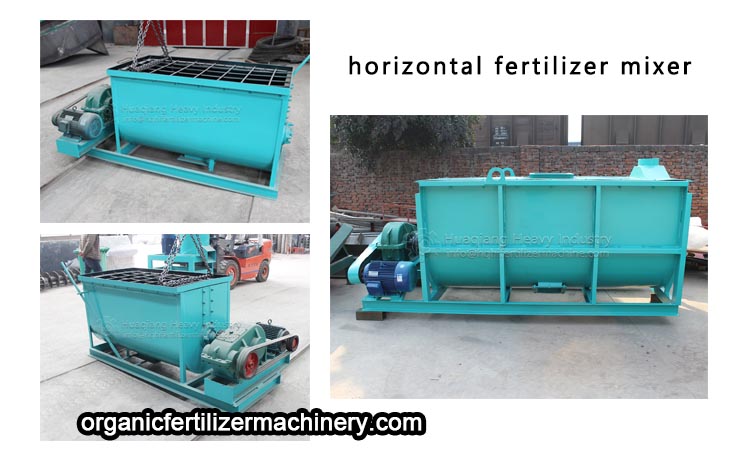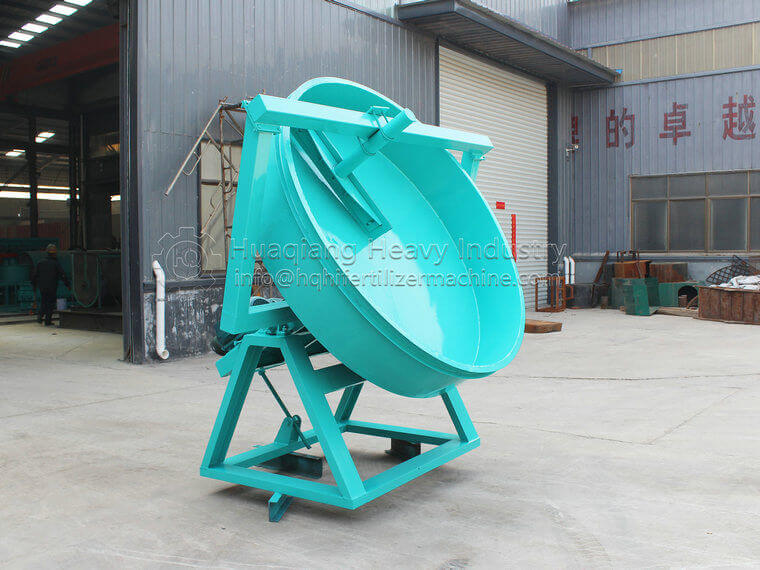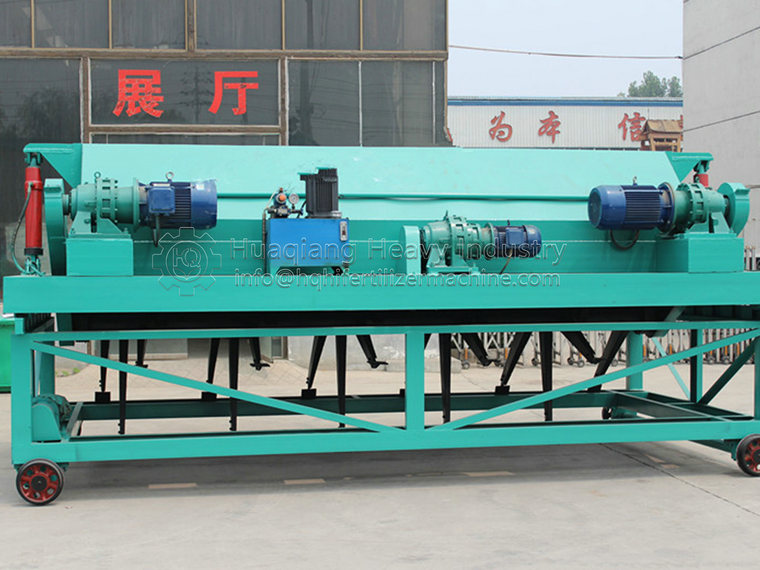What are the raw materials used in organic fertilizer production equipment processing? What are the characteristics of these raw materials?
(1) The characteristics of raw materials such as straw can be easily dissolved after comminution.
(2) The excreta of livestock includes feces, sheep manure, horse manure, cow manure, rabbit manure, pig manure, duck manure, quail manure, etc. This raw material is characterized by a medium level of nutrients and is very soluble.

(3) The diet includes juniper, peanut kernel meal, white sesame meal, cottonseed meal, rapeseed meal, sunflower seed meal and Camellia oleifera seed meal. They are by-products of pressed oil, which are generally known as oil withering. The characteristics of this raw material are high nutrient content and very easy to dissolve. It is a high quality raw material for making organic fertilizer.
(4) By products of grain and oil processing include: husk, bran, bran, bran and bran. The characteristics of this raw material are very easy to dissolve, high quality nutrients and organic fertilizer of high quality raw materials. Rice husk is not easy to dissolve. It is generally used as auxiliary material to adjust the moisture content, air permeability and C / N ratio of raw materials.
(5) The by-products of the industrial production and processing of food and pharmaceutical industries include sugar residue, bagasse, Brussels sprout residue, wine residue, red yeast rice wine, vinegar residue, light extract residue, medium residue, etc. This kind of raw material is easy to dissolve and has a medium level of nutrients, making it an excellent raw material for composting. After being decomposed, it can be made into organic fertilizer through a disc granulator machine.
(6) Treatment of silt and domestic waste. Domestic waste treatment includes: kitchen waste, exocarp, rotten vegetable leaves, etc. This kind of raw material has a high organic content and a complex composition, which is very easy to dissolve. However, the high salinity and oil content of kitchen waste is unfavorable for fertilizing. Silt has the risk of heavy metal pollution, and the risk of uncontrollable chemicals is high, so it is not necessary to use it as much as possible. It is generally used for gardening and landscape cleaning, and it is best not to enter agricultural land.
(7) Others: sawdust, edible fungus leftovers, peanut shells, furfural residue, maltitol residue, feed, slag, etc.
All of the above raw materials can be processed through organic fertilizer production line and made into high-quality fertilizer products through organic fertilizer granulator.
.jpg)

.jpg)





